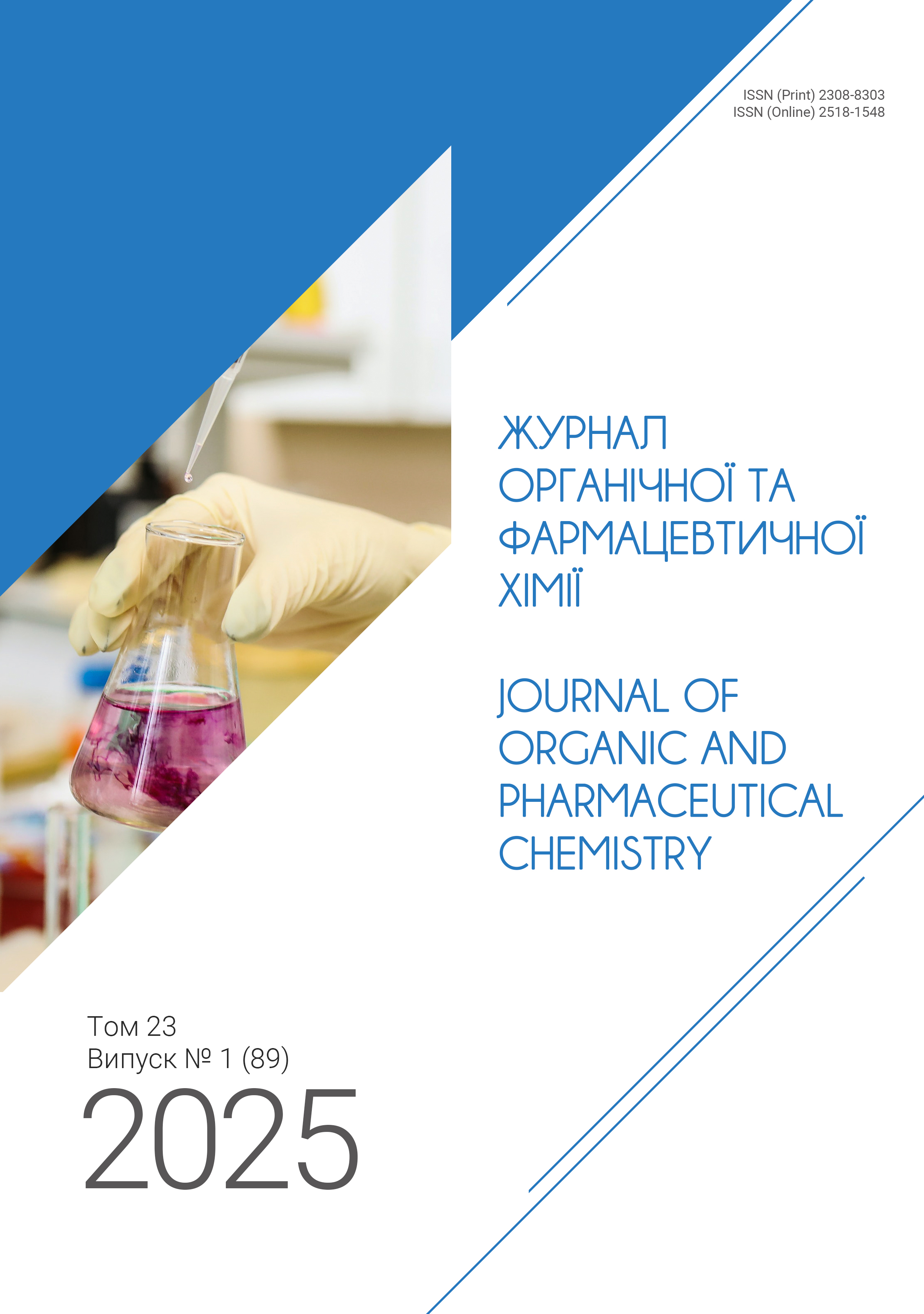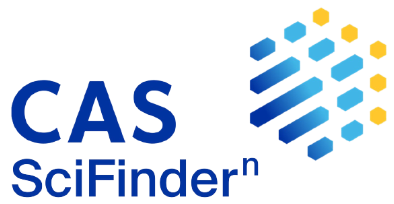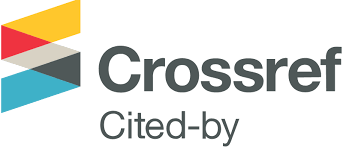The Theoretical and Experimental Study of DiazomethaneStyrene [3+2]-Cycloadditions
DOI:
https://doi.org/10.24959/ophcj.25.326552Keywords:
diazomethane, styrene, pyrazoline, cycloaddition, DFT calculationsAbstract
Pyrazolines are an important class of heterocyclic compounds known for their biological activities, making them attractive objects for medicinal chemistry. This study investigated the regioselective [3+2]-cycloaddition of diazomethane with para-substituted styrenes featuring electron-withdrawing (EWG) and electron-donating (EDG) groups. Experimental results have demonstrated that the electronic properties of substituents significantly affect the reaction efficiency and regioselectivity, as well as the product stability. At the same time, EWG provided lower activation barriers and higher reaction yields. Calculations performed by the density functional theory (DFT) method confirmed the experimental data allowing us to understand in detail the reaction mechanism, activation energy values, and thermodynamic parameters. This integrated experimental and theoretical approach improves understanding of the effects of substituents, contributing to the rational design of substituted pyrazolines.
Supporting Agency
- The work was supported by the National Research Foundation of Ukraine (grant No. 0124U003838).
Downloads
References
- Shaaban, M. R.; Mayhoub, A. S.; Farag, A. M. Recent Advances in the Therapeutic Applications of Pyrazolines. Expert Opinion on Therapeutic Patents 2012, 22 (3), 253 – 291. https://doi.org/10.1517/13543776.2012.667403.
 |
|  |
| 
- Auwers, K.; König, F. Über Den Aufbau von Pyrazolin-carbonsäureestern. Justus Liebigs Ann. Chem. 1932, 496 (1), 27 – 51. https://doi.org/10.1002/jlac.19324960103.

- Westermann, T.; Mleczko, L. Heat Management in Microreactors for Fast Exothermic Organic Syntheses—First Design Principles. Org. Process Res. Dev. 2016, 20 (2), 487 – 494. https://doi.org/10.1021/acs.oprd.5b00205.
 |
| 
- Kemsley, J. FIRM FINED FOR CHEMIST’S DEATH: SAFETY: Sepracor Canada Admits Lack of Lab Ventilation in Worker Fatality Case. Chem. Eng. News Archive 2011, 89 (19), 15. https://doi.org/10.1021/cen-v089n019.p015.

- Pendiukh, V. V.; Yakovleva, H. V.; Stadniy, I. A.; Pashenko, A. E.; Rusanov, E. B.; Grabovaya, N. V.; Kolotilov, S. V.; Rozhenko, A. B.; Ryabukhin, S. V.; Volochnyuk, D. M. Practical Synthetic Method for Amino Acid-Derived Diazoketones Shelf-Stable Reagents for Organic Synthesis. Org. Process Res. Dev. 2024, 28 (1), 165 – 176. https://doi.org/10.1021/acs.oprd.3c00230.
 |
| 
- Bastide, J.; Henri-Rousseau, O.; Aspart-Pascot, L. Cycloaddition des diazoalcanes sur les alcenes et alcynes disubstitues. Tetrahedron 1974, 30 (18), 3355 – 3363. https://doi.org/10.1016/S0040-4020(01)97513-1.
 |
| 
- Sammakia, T.; Ramazanov, I. R.; Yaroslavova, A. V. Diazomethane, CAS No. 334-88-3. In Encyclopedia of Reagents for Organic Synthesis; 2021; pp 1 – 12. https://doi.org/10.1002/047084289X.rd017.pub2.
- Jmol: An Open-Source Java Viewer for Chemical Structures in 3D; Jmol Development Team; https://jmol.sourceforge.net/ (accessed Nov 28, 2024).
- Canepa, P.; Hanson, R. M.; Ugliengo, P.; Alfredsson, M. J-ICE : A New Jmol Interface for Handling and Visualizing Crystallographic and Electronic Properties. J Appl Crystallogr 2011, 44 (1), 225 – 229. https://doi.org/10.1107/S0021889810049411.
 |
| 
- Neese, F. The ORCA Program System. WIREs Comput Mol Sci 2012, 2 (1), 73 – 78. https://doi.org/10.1002/wcms.81.
 |
| 
- Neese, F. Software Update: The ORCA Program System, Version 4.0. WIREs Comput Mol Sci 2018, 8 (1), e1327. https://doi.org/10.1002/wcms.1327.
 |
| 
- Becke, A. D. Density-Functional Exchange-Energy Approximation with Correct Asymptotic Behavior. Phys. Rev. A 1988, 38 (6), 3098 – 3100. https://doi.org/10.1103/PhysRevA.38.3098.
 |
|  |
| 
- Perdew, J. P. Density-Functional Approximation for the Correlation Energy of the Inhomogeneous Electron Gas. Phys. Rev. B 1986, 33 (12), 8822 – 8824. https://doi.org/10.1103/PhysRevB.33.8822.
 |
|  |
| 
- Whitten, J. L. Coulombic Potential Energy Integrals and Approximations. The Journal of Chemical Physics 1973, 58 (10), 4496 – 4501. https://doi.org/10.1063/1.1679012.
 |
| 
- Dunlap, B. I.; Connolly, J. W. D.; Sabin, J. R. On Some Approximations in Applications of X α Theory. The Journal of Chemical Physics 1979, 71 (8), 3396 – 3402. https://doi.org/10.1063/1.438728.
 |
| 
- Vahtras, O.; Almlöf, J.; Feyereisen, M. W. Integral Approximations for LCAO-SCF Calculations. Chemical Physics Letters 1993, 213 (5 – 6), 514 – 518. https://doi.org/10.1016/0009-2614(93)89151-7.
 |
| 
- Eichkorn, K.; Treutler, O.; Öhm, H.; Häser, M.; Ahlrichs, R. Auxiliary Basis Sets to Approximate Coulomb Potentials. Chemical Physics Letters 1995, 240 (4), 283 – 290. https://doi.org/10.1016/0009-2614(95)00621-A.
 |
| 
- Zhao, Y.; Truhlar, D. G. The M06 Suite of Density Functionals for Main Group Thermochemistry, Thermochemical Kinetics, Noncovalent Interactions, Excited States, and Transition Elements: Two New Functionals and Systematic Testing of Four M06-Class Functionals and 12 Other Functionals. Theor Chem Account 2008, 120 (1 – 3), 215 – 241. https://doi.org/10.1007/s00214-007-0310-x.
 |
| 
- Schäfer, A.; Huber, C.; Ahlrichs, R. Fully Optimized Contracted Gaussian Basis Sets of Triple Zeta Valence Quality for Atoms Li to Kr. The Journal of Chemical Physics 1994, 100 (8), 5829 – 5835. https://doi.org/10.1063/1.467146.
 |
| 
- Neese, F.; Wennmohs, F.; Hansen, A.; Becker, U. Efficient, Approximate and Parallel Hartree–Fock and Hybrid DFT Calculations. A ‘Chain-of-Spheres’ Algorithm for the Hartree–Fock Exchange. Chemical Physics 2009, 356 (1 – 3), 98 – 109. https://doi.org/10.1016/j.chemphys.2008.10.036.
 |
| 
- Cammi, R.; Mennucci, B.; Tomasi, J. Fast Evaluation of Geometries and Properties of Excited Molecules in Solution: A Tamm-Dancoff Model with Application to 4-Dimethylaminobenzonitrile. J. Phys. Chem. A 2000, 104 (23), 5631 – 5637. https://doi.org/10.1021/jp000156l.
 |
| 
- Schäfer, A.; Horn, H.; Ahlrichs, R. Fully Optimized Contracted Gaussian Basis Sets for Atoms Li to Kr. The Journal of Chemical Physics 1992, 97 (4), 2571 – 2577. https://doi.org/10.1063/1.463096.
 |
| 
Downloads
Additional Files
Published
How to Cite
Issue
Section
License
Copyright (c) 2025 National University of Pharmacy

This work is licensed under a Creative Commons Attribution 4.0 International License.
Authors publishing their works in the Journal of Organic and Pharmaceutical Chemistry agree with the following terms:
1. Authors retain copyright and grant the journal the right of the first publication of the work under Creative Commons Attribution License allowing everyone to distribute and re-use the published material if proper citation of the original publication is given.
2. Authors are able to enter into separate, additional contractual arrangements for the non-exclusive distribution of the journal’s published version of the work (e.g., post it to an institutional repository or publish it in a book) providing proper citation of the original publication.
3. Authors are permitted and encouraged to post their work online (e.g. in institutional repositories or on authors’ personal websites) prior to and during the submission process, as it can lead to productive exchanges, as well as earlier and greater citation of published work (see The Effect of Open Access).















